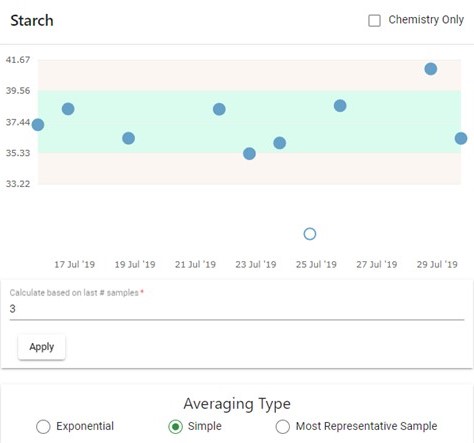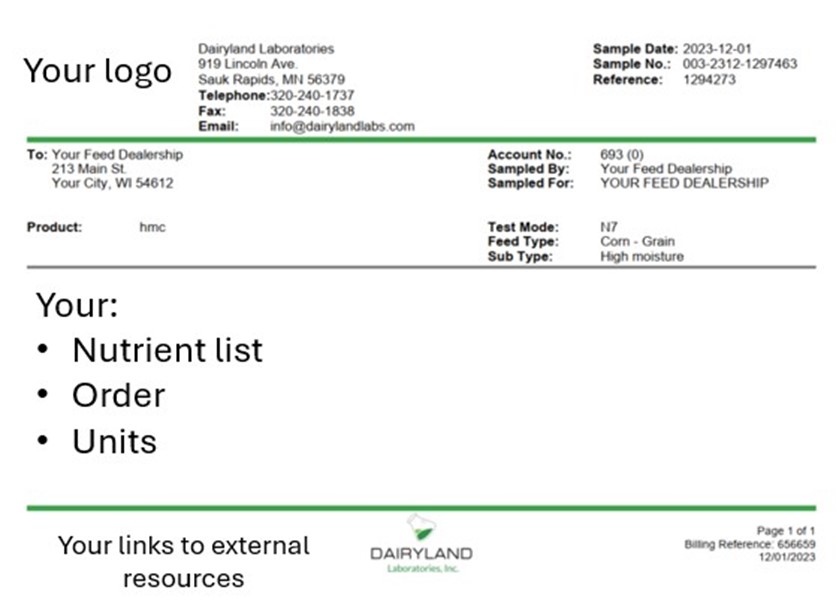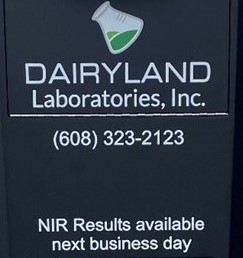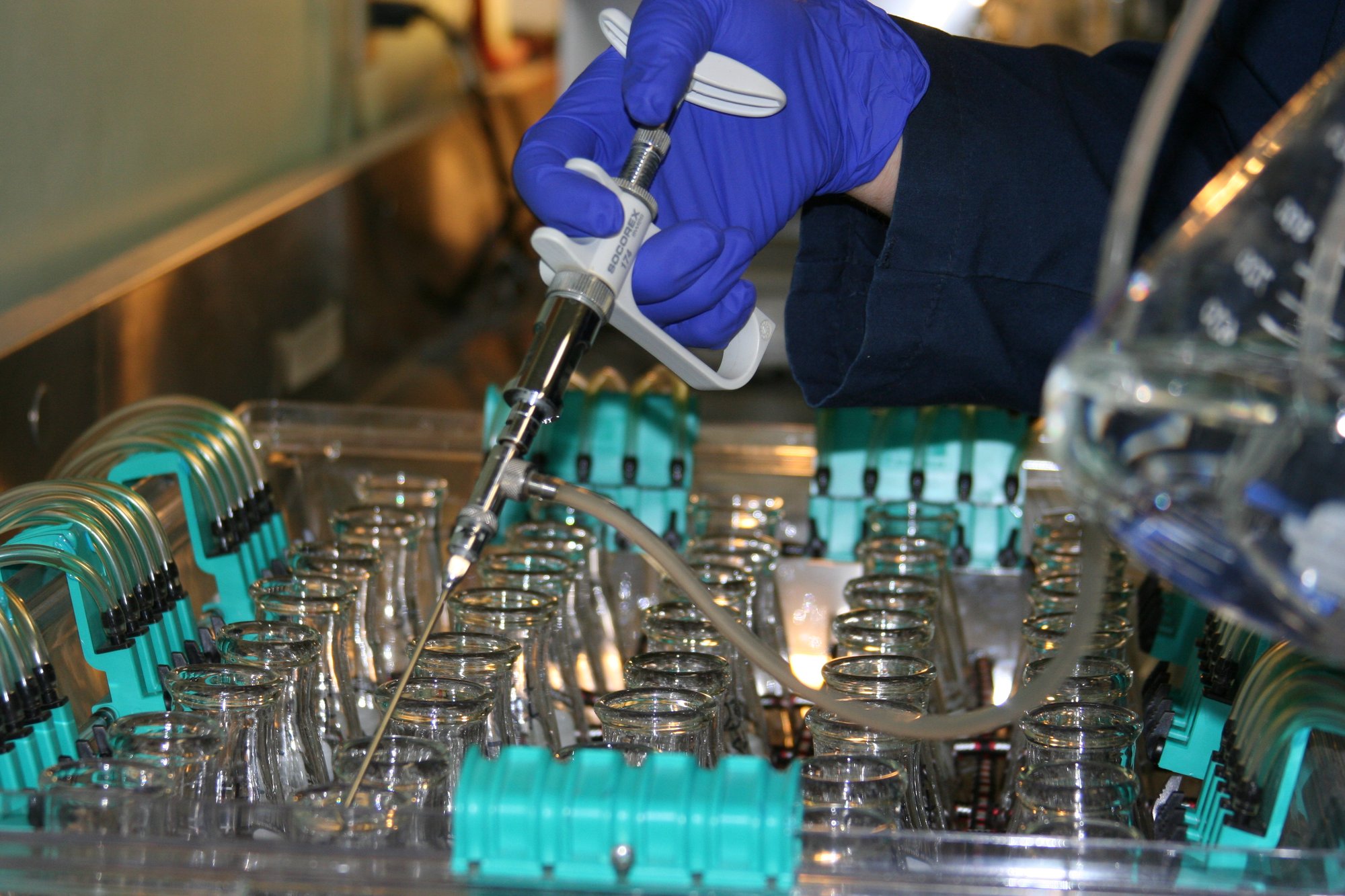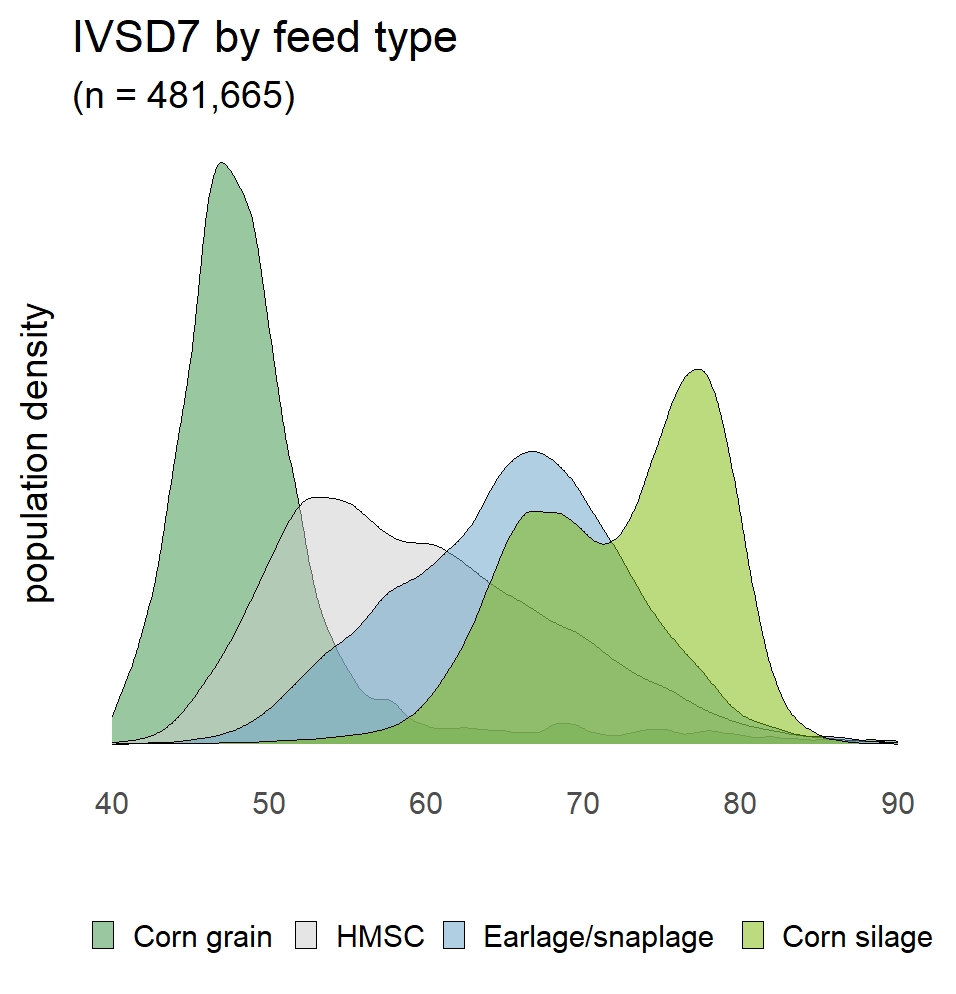Fiber digestibility is a key driver of forage intake and milk production, but the methods for measurement vary widely. Dairyland's methods are directly compatible with CNCPS and NASEM formulation programs and were developed in conjunction with Dr. David Mertens, formerly of USDA-FRC in Madison, WI.
Much of the work that's been done to refine Dairyland's in vitro methods has been published, including:
-
Schlau, N., D. R. Mertens, K. Taysom, and D. Taysom. 2021. Technical note: Effects of filter bags on neutral detergent fiber recovery and fiber digestion in vitro. Journal of Dairy Science 104: 1846-1854.
-
Schlau, N., J. R. Knapp, K. Taysom, and D. Taysom. 2021. Testing additivity of starch and aNDFom fermentation in an in vitro gas production system. Presented at the American Dairy Science Association Annual Meeting (Virtual). Journal of Dairy Science 104: Suppl 1.
- Schlau, N., D.R. Mertens, and D. Taysom. 2021. Effect of ruminal donor and carbohydrate type on in vitro fermentation. Presented at the American Dairy Science Association Annual Meeting (Virtual). Journal of Dairy Science 104: Suppl 1
For more information about chemistry package options, visit our Packages Catalog


